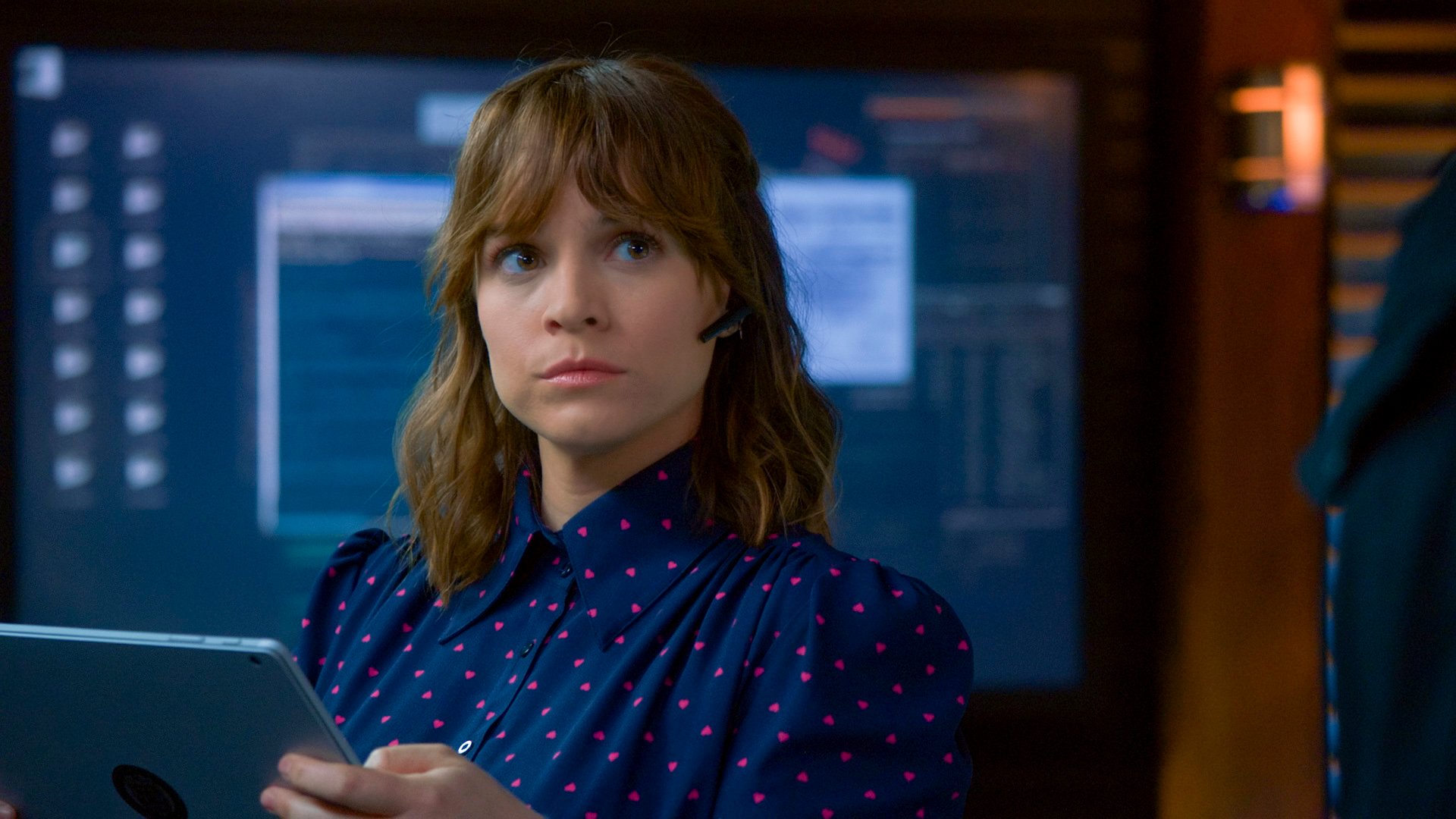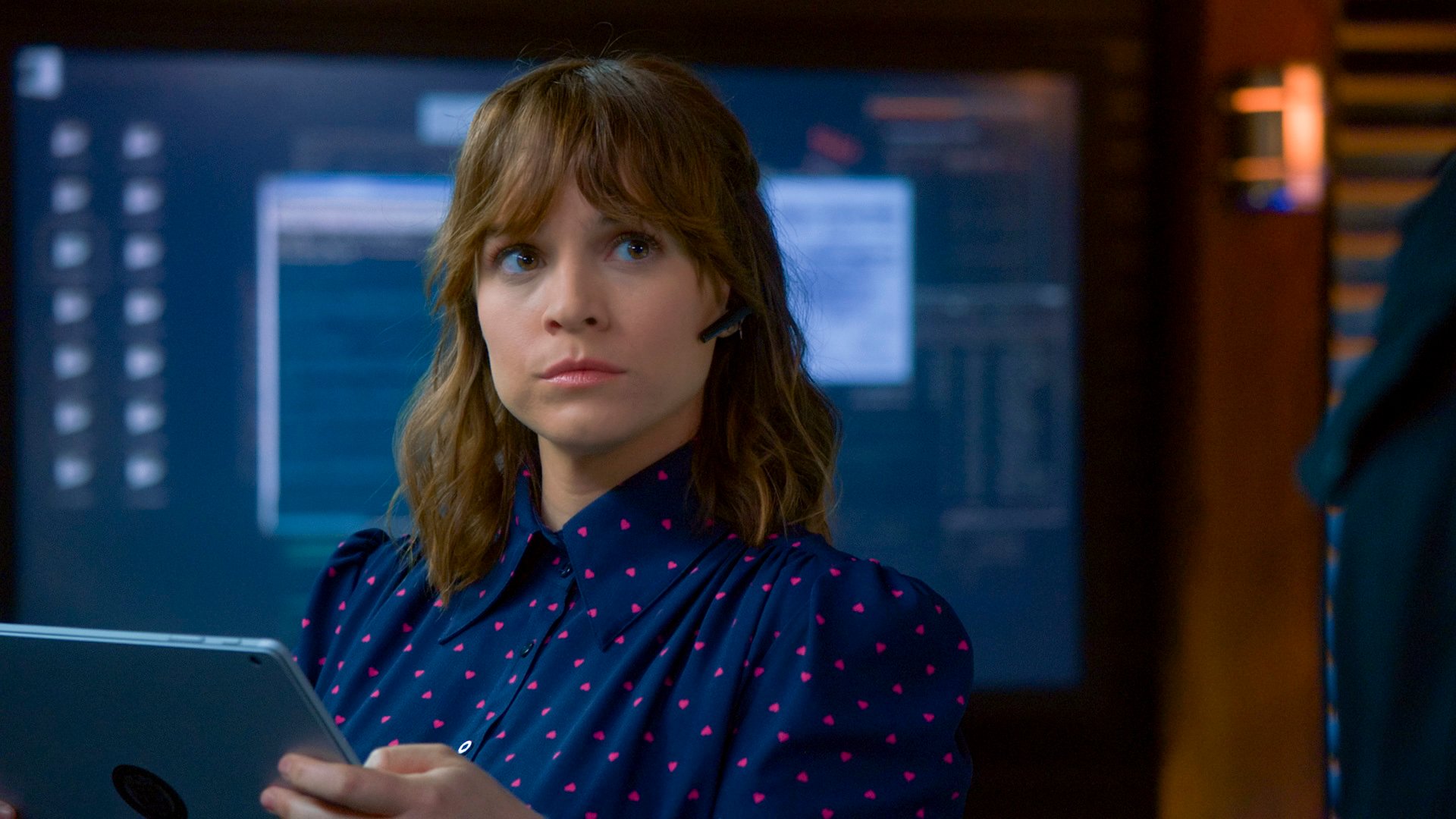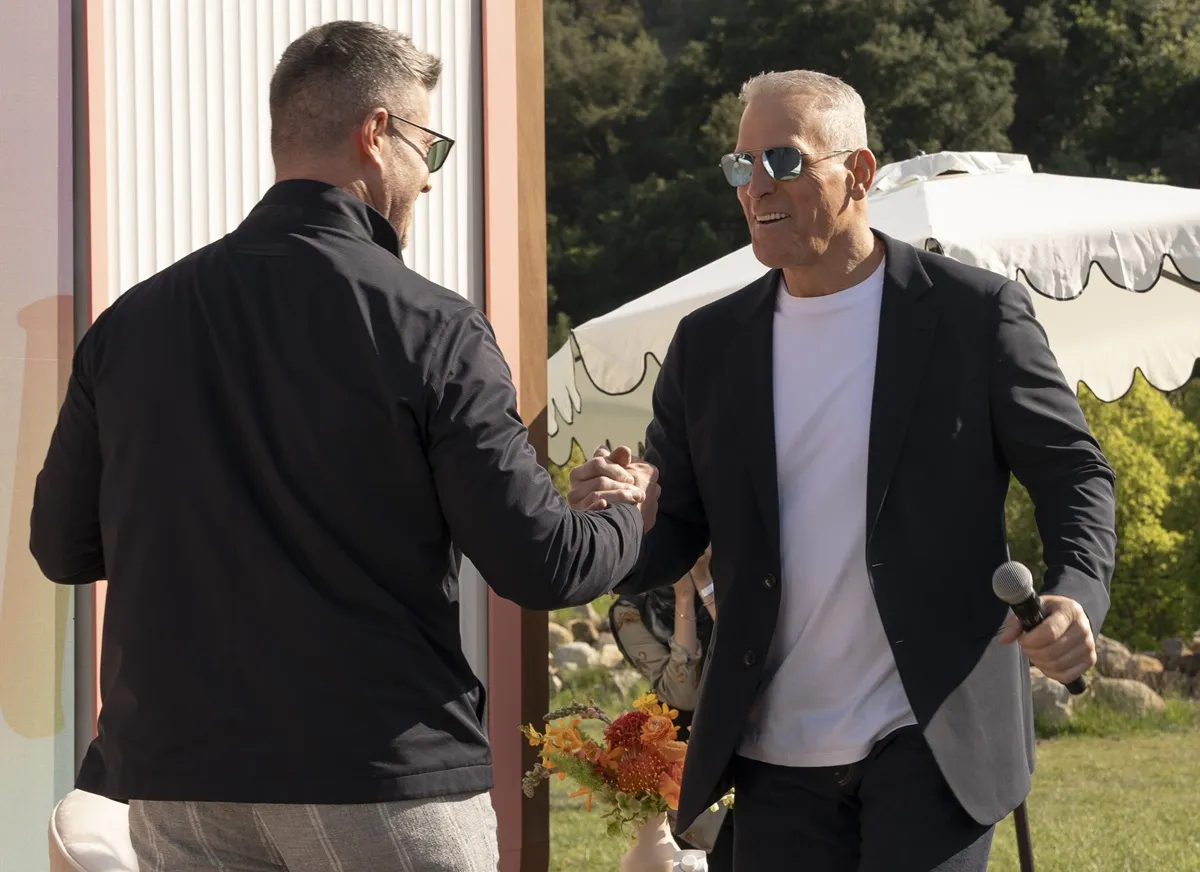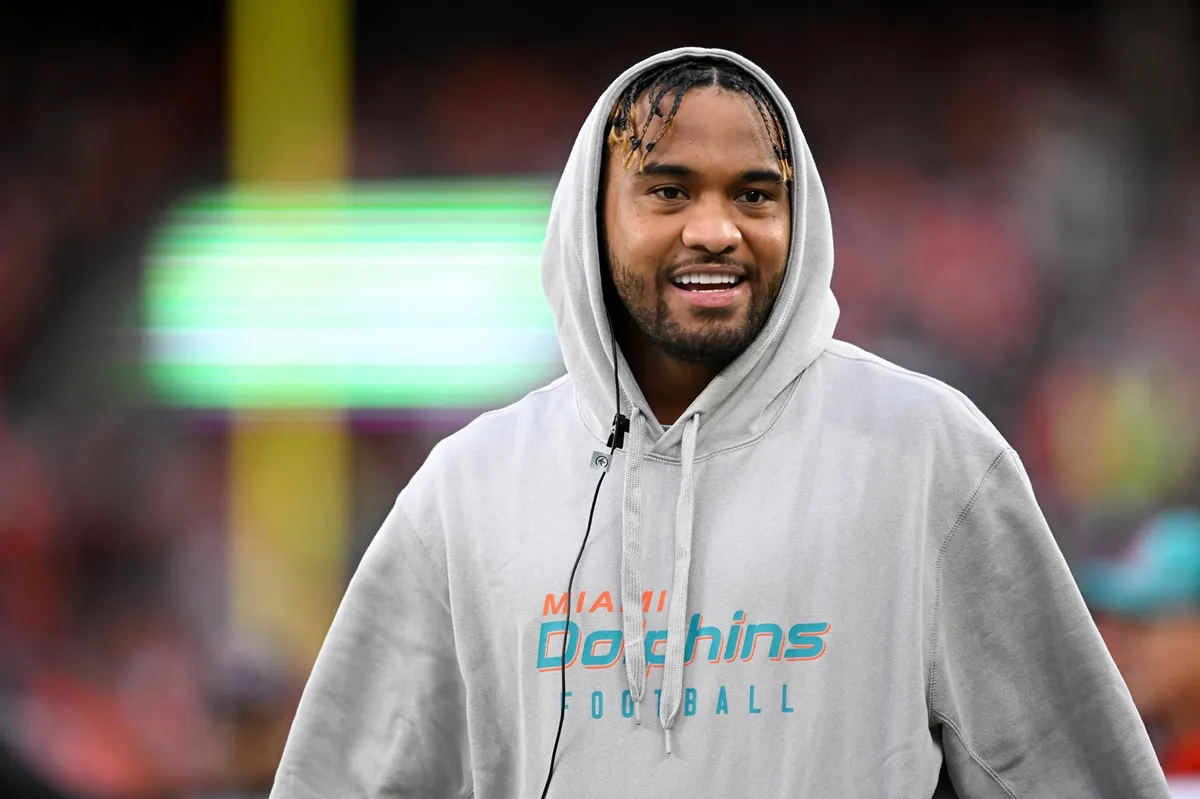
‘NCIS: Los Angeles’: Renée Felice Smith’s New Project
NCIS: Los Angeles star Renée Felice Smith recently said goodbye to her character, Nell Jones. Although Smith is no longer on the series, that doesn’t mean she won’t be part of the entertainment industry. The actor has embarked on a new role as a book author.
Smith spoke to Showbiz Cheat Sheet about her new book, Hugo and the Impossible Thing, which was co-authored with Chris Gabriel. Here’s what Smith had to say about the book.
Renée Felice Smith’s inspiration for ‘Hugo and the Impossible Thing’

What inspired Smith and Gabriel to write Hugo and the Impossible Thing? Smith says their French bulldog, Hugo, filled them with inspiration. He experienced a health scare that many thought was impossible to overcome.
“We wrote Hugo and the Impossible Thing as a celebration,” Smith tells Showbiz Cheat Sheet. “Hugo, our canine son, recovered from a life-threatening illness. It was an inoperable brain tumor that almost everyone told us would be impossible to beat, but Hugo beat it.”
Smith says it took a lot of effort on her and Gabriel’s part. They worked tirelessly to find a resolution. The situation was challenging because they had little time to figure out how to help Hugo.
“It was through great determination on his part and our part, and some truly brilliant doctors we found along the way,” says Smith. “Hugo made it to the other side of his illness, and we knew we wanted to share this message of inspiration with others.”
Smith and Gabriel chose to focus on overcoming the impossible because they didn’t want the book to center on a negative event. “We needed a metaphor in which to do so because we didn’t want to write a children’s book about a brain tumor, so enter the impossible thing,” says Smith. “And it’s just this labyrinth of running rivers, thorny mazes, giant boulders, towering cliffs, and it’s seemingly impossible. Really, what we’re trying to reframe is the word ‘impossible.’ ”
Renée Felice Smith’s advice to pet parents

If you’re in a situation like Smith’s, and your pet is seriously ill, what should you do? Smith emphasizes it’s important to be an advocate for your pet.
“We had to ask questions,” she says. “And we couldn’t be timid about it. We were in a life-and-death situation. We knew we needed to act fast, and we needed to get the information. Ask questions; don’t be afraid to be the kid in the class with your hand raised for an extended period of time. You need to get the information. You need to find out your options and then you can make an informed decision, and we did.”
Smith and Gabriel tapped into all their available resources. Part of their strategy was speaking with other pet parents who went through something similar. They had to act fast because Hugo had been given just two days to live. Thankfully, they were able to get Hugo into a radiation program the same week he received his diagnosis. The pup experienced some complications, but through more research, Smith and Gabriel helped Hugo overcome the setback.
“At the end of the day, it was really Chris and I working together,” says Smith. “It really wasn’t a solo mission. The support of loved ones will really carry you over the mountain.”
Renée Felice Smith encourages others to think beyond the impossible
“I think far too often in our lives—in our young lives, in our childhood, and in our adulthood, far too many obstacles are labeled impossible when really what they should be labeled is extremely difficult but possibly possible,” says Smith. “That’s the message of our book. How do we really know something is impossible if we’ve never tried the impossible?”
Smith and Gabriel believed they could accomplish what others thought was impossible. Hugo lived for another three years before dying at the age of 10. Smith is grateful she had a hand in extending Hugo’s life and helping him overcome a grave diagnosis. Smith and Gabriel’s refusal to give up helped Hugo do the impossible.
“That’s really Hugo’s journey throughout the book,” says Smith. “His life story embodied our message about the impossible thing.”
Follow Sheiresa Ngo on Twitter.


